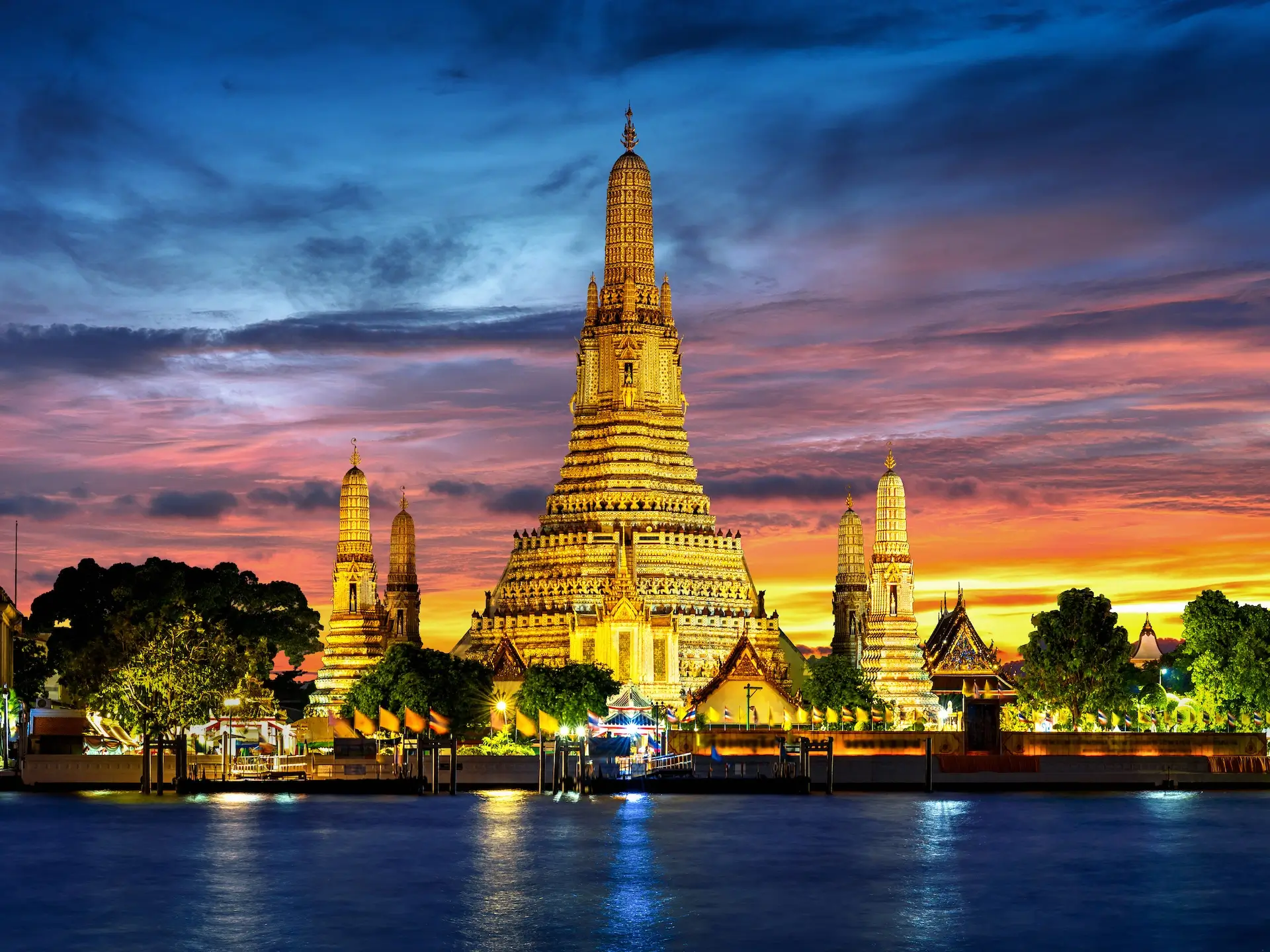People often call Thailand the “Land of Smiles,” and it’s not hard to see why. This country is filled with so much beauty, history, and yes, lots of friendly people. If you’re looking for a country with a little bit of everything, this is your place. It isn’t just a rainbow of experiences, it’s a whole darn light show. It’s the kind of place where travellers can make memories that will stick with them forever. So, let’s dive right into these 10 fun facts about Thailand – a few might just steer you clear of some classic cultural missteps!
1. Gentle Giants
Let’s start with elephants. They’re big in Thailand – and we’re not just talking about their size. Elephants are the national symbol here and an emblem of royal power. Would you believe me if I told you that elephants in Thailand have their own ID cards? Yes, it’s true! Just as you have your license or passport, these gentle giants too, have a governmental proof of existence. Each elephant’s ID card contains its picture, age, and other relevant details, and is issued by the Department of National Parks, Wildlife, and Plant Conservation.
Make sure to visit an ethical elephant sanctuary for a meet-and-greet that’ll be the highlight of your trip! But remember: it’s look, don’t ride. Avoid places that offer elephant rides or other activities that can harm them, and instead, choose to visit ethical elephant sanctuaries that prioritise their care and conservation.
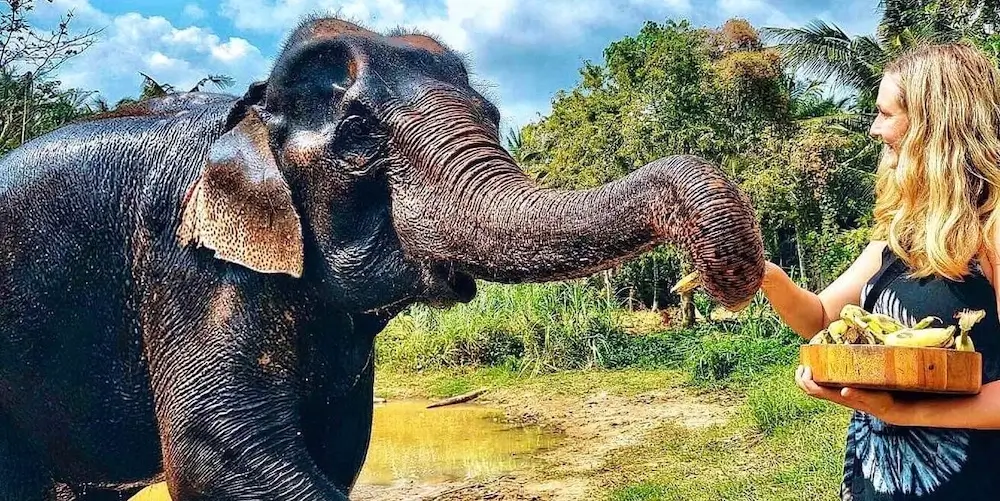
2. Superlative Structures
Talking of big… Thailand definitely loves to go big, and it shows in its architecture and venues. The country is home to the world’s largest solid gold Buddha statue, seated majestically in Wat Traimit, Bangkok. They also have one of the largest crocodile farms, Samutprakarn Crocodile Farm and Zoo, and one of the longest single-span suspension bridges, the Bhumibol Bridge, also known as the Industrial Ring Road Bridge.
If that isn’t impressive enough, the Baiyoke Sky Hotel soars above the cityscape as one of the top 10 all-hotel structures in the world. And when it comes to dining, the Royal Dragon Restaurant in Bangkok used to hold the Guinness World Record for being the largest restaurant globally, with seating for up to 5,000 customers. These superlative structures give “going big” a whole new meaning!
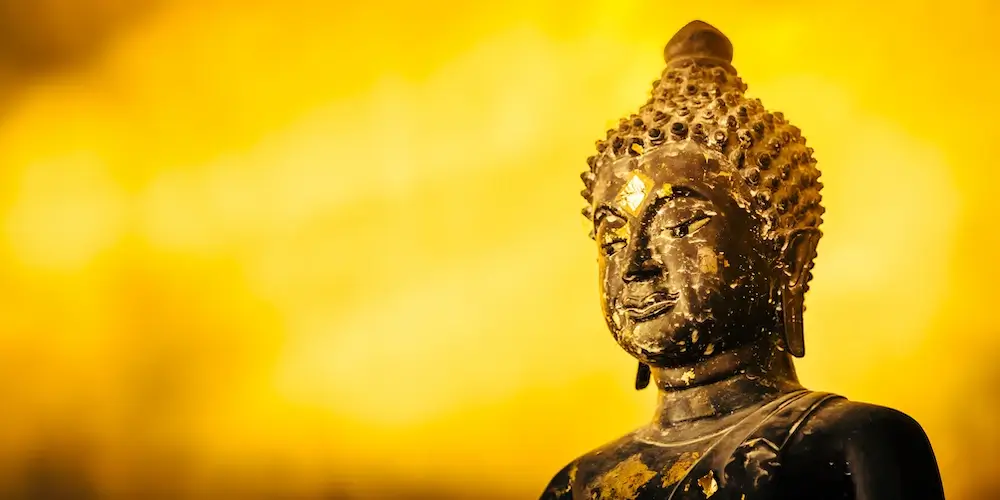
3. Respectful Ritual
Do you know what happens in Thailand every day at 8 a.m. and 6 p.m.? The Thai national anthem, known as “Phleng Chat Thai”, is played on public loudspeakers, radio, and television across the country. When it plays, people stop what they’re doing and stand still to show respect. This Thai practice also extends to movie theatres where the national anthem is played before the film starts. So before you settle in with your popcorn, make sure to stand up when the anthem plays and enjoy the slideshow of the king.
It is one of the shorter national anthems in the world, consisting of only eight lines of lyrics, which speak to the unity and patriotic spirit of the Thai people. They express the love and dedication that the Thai people have for their country and their willingness to sacrifice for its good. The Thai National Anthem Day is observed every year on December 10 to commemorate the day the anthem was officially adopted.
4. Lengthy Labels
Our fourth revelation involves the bustling metropolis of Bangkok, which holds the title for the longest city name globally at an impressive 169 characters. In Thai, Bangkok is often referred to as “Krung Thep” which is actually a short version of the full ceremonial name, which loosely translates to “City of angels, the great city, the eternal jewel city, the impregnable city of God Indra, the grand capital of the world endowed with nine precious gems, the happy city, abounding in an enormous Royal Palace that resembles the heavenly abode where reigns the reincarnated god, a city given by Indra and built by Vishnukarma”.
To help with this linguistic marathon, Thais learn a song that contains the full name. Hence, should you ask a local for the city’s full name, don’t be surprised if they break into a catchy tune!
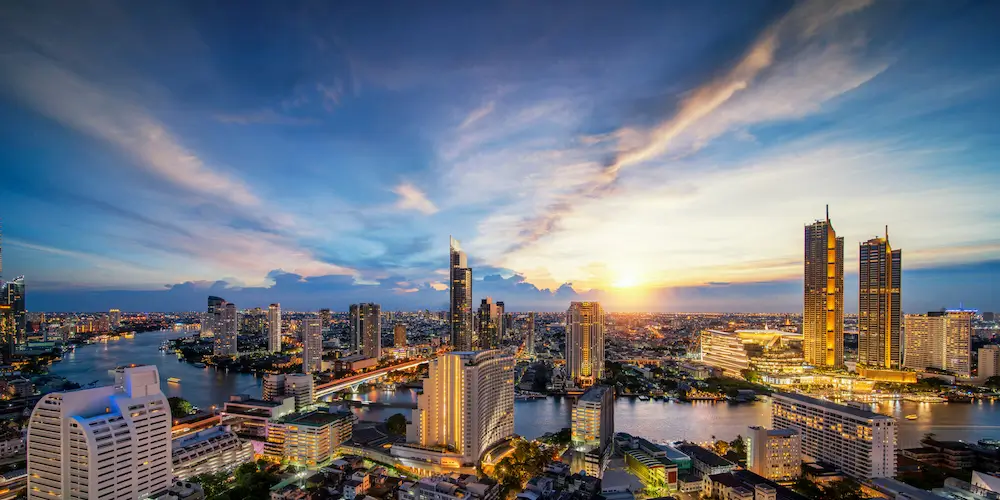
5. Temple Tales
Thailand is home to over 40,000 temples known as “Wats”, each one more beautiful than the last. These sacred sites are sprinkled generously across the country, and each has its own interesting story of faith and history. However, these temples are not just silent monuments of the past, they are living entities, buzzing with life and activity. They serve as community centres, schools, and places for social and cultural gatherings.
An interesting feature of these temples is the presence of orange-robed monks who inhabit these sacred spaces. They’re as much a part of the temple landscape as the gold Buddhas and towering stupas. Did you know it’s not just a religious duty, but a cultural tradition for every Thai man, including the King, to ordain as a monk for a short period in their lives? It’s an act of merit-making, a spiritual journey, as commonly celebrated as a bar mitzvah or sweet sixteen in other cultures.
Known as “Nak Phansa,” this period typically lasts for about three months during the annual rainy season. It’s a time of reflection, learning, and spiritual growth that has profound personal and societal significance. Your little ones are sure to be intrigued by the sight of monks in vibrant orange robes wandering the streets.
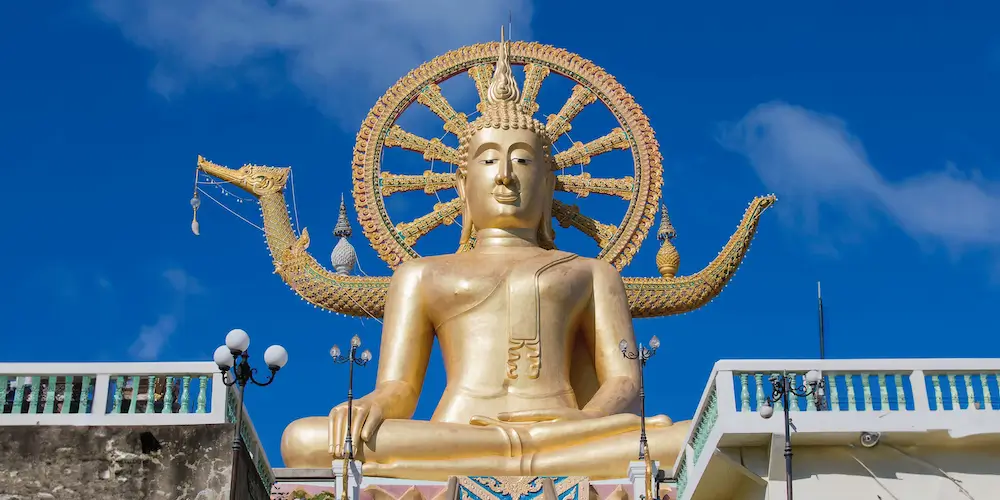
6. Sacred Scalps
In Thai culture, the head is considered the most sacred part of the body as it’s the location of the spirit, or ‘khwan’. This cultural belief is so strong that it influences social behaviours and etiquette.
One fascinating aspect of this cultural norm is how it affects interpersonal interactions. It’s considered impolite and disrespectful to touch someone else’s head, even in a friendly or casual manner. This can be quite a cultural shift for people from many Western cultures where ruffling a kid’s hair or a friendly pat on the head is common. This extends to passing items over someone’s head – it’s a big no-no. To avoid causing offence, you should pass items to the side of a person rather than over their head.
This cultural norm is also observed in statues and images of Buddha. Cleaning or touching the head of a Buddha statue is often undertaken by a monk or the temple’s senior members as a mark of respect. The same regard extends to depictions of the royal family, religious figures, and national symbols, which are all traditionally placed high up to show respect. It’s not unusual to see images of the King placed higher than all other pictures in Thai homes and businesses.
7. Silky Saga
Did you know that Thai Silk owes its fame to an American named Jim Thompson? The American businessman known as the “Silk King” for his role in revitalising the Thai silk industry, is equally famous for his mysterious disappearance. While on a holiday trip in the Cameron Highlands of Malaysia, Thompson went for a walk and never returned, sparking one of Southeast Asia’s most enduring mysteries. Despite extensive searches and investigations, no trace of him was ever found.
His traditional Thai-style house has been turned into a museum and is now a popular tourist destination that offers insights into his life, his contributions to the Thai silk industry, and the intriguing mystery surrounding his disappearance. Thai silk is made from the cocoons of silkworms that feed on mulberry leaves. The process of making this luxurious fabric is intricate and time-consuming and the final product is a beautiful piece of fabric that is highly valued for its quality and beauty. Remember to snag a piece as a keepsake – it’s like bringing back a slice of Thailand with you.
8. Forbidden Fruit Facts
Fact number eight is a delicious one! Thai food is famous worldwide for its distinct flavours and varied dishes. In fact, Bangkok’s street food is so famous that the Michelin Guide even started recognising some stalls and in 2017 CNN named Bangkok as the city with the best street food in the world for the second year running!
But did you know about the Durian? This fruit is certainly something of an acquired taste. Known for its spiky exterior and strong, pungent smell, the Durian is often referred to as the “King of Fruits” in Southeast Asia. Many people in Thailand love it, and it’s used in a variety of dishes, from main courses to desserts. But here’s where it gets interesting. The smell of Durian is so distinct and overpowering that it’s actually banned in many hotels and on public transportation across Thailand!
You’ll often see signs with a crossed-out Durian, meaning it’s not allowed. So, while Durian is definitely something you should try during your visit to Thailand, remember to enjoy it in places where it’s permitted. Are you interested in more food facts? Check out the Culinary Corner section of The Pixel Press.
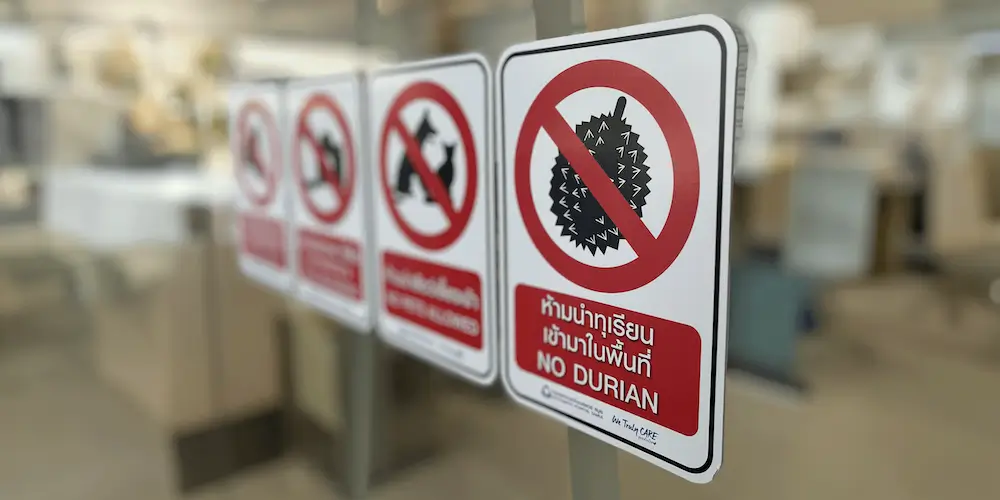
9. Thailand’s Tenacity
Here’s another fun fact that sets Thailand apart. Ever wondered why Thailand’s culture, traditions, and history feel so unique and distinct? Here’s the secret: Thailand is the only country in Southeast Asia that was never colonised by a European power. That’s a fact! While many neighbours were grappling with British, French, or Dutch rule, Thailand managed to retain its sovereignty, earning the title, the “Land of the Free.” This doesn’t mean Thailand has been immune to foreign influences.
Over the years, various Asian cultures have intertwined with Thai society, bringing enriching elements that have helped shape Thailand’s unique character. Yet, the absence of Western colonisation allowed Thailand to preserve and cultivate its authentic cultural heritage, distinct traditions, and historical landmarks in a way no other Southeast Asian country has.
Over 2,000 years of history have unfolded here, and every corner of Thailand tells its own tale. From the smallest rural village to the bustling metropolis of Bangkok, these narratives are wholly Thai.
10. Money Matters
In many places, if you accidentally drop some change, you might leave it for someone else to pick up or quickly put your foot on the note so it doesn’t fly away. Not so in Thailand! The Thai Baht bears the King’s image, and stepping on it is viewed as stepping on the King himself!
Thai people show great respect to anything placed high and regard the head as the highest and the most sacred part of the body, whereas the foot is considered the lowest and the dirtiest part. Therefore, using feet to point at people or objects, or stepping on anything that bears a respected image (like the King’s image on money), is considered highly disrespectful in Thai culture. And it isn’t a mere social faux pas; it’s considered a legal offence. So, if you happen to drop some money, be sure to bend down and pick it up.
__________
And there we have it – a glimpse into the fascinating world of Thailand through 10 facts! Was I right? How many did you know? Do you maybe even have your own fun fact or memory to share? I’d love to hear from you in the comments below! And if you enjoyed this post, don’t forget to share it with your friends on social media.
